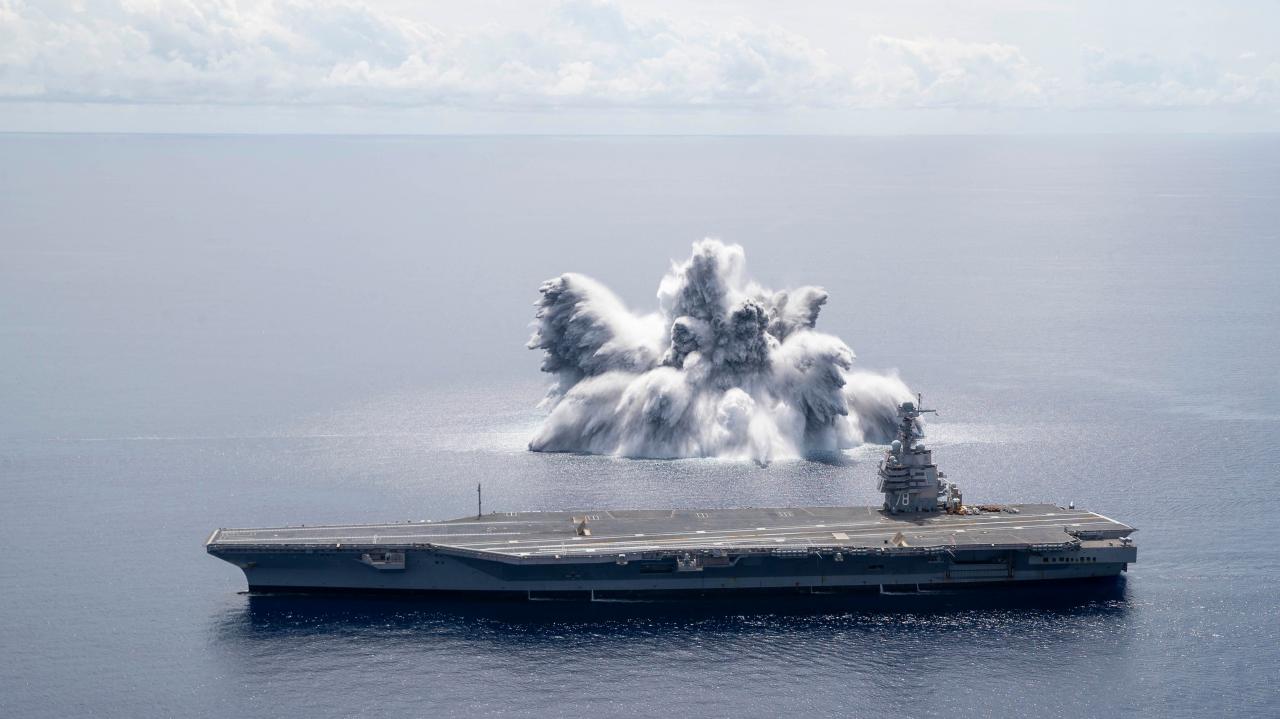Three new concept airframes from one of the United States’ aerospace heavyweights would combine the hover ability of a helicopter with the high speed of a jet.
Coming Soon: New Helicopter for the U.S. Military?
Bell, the company behind many successful helicopter designs, showed illustrations of three new High-Speed Vertical Take-Off and Landing (HSVTOL) aircraft concepts during the annual Air Force ᴀssociation conference. The unique aircraft would combine the hover and maneuver capability of a helicopter with the high flight speed of a jet onto one platform.
Bell showed off three similar airframes; the smallest would apparently be unmanned, while the larger of the two clearly house a cockpit in the airframe nose. The largest of the three would apparently be about double the size of the V-22 Osprey, an earlier tilt-rotor aircraft also built by Bell.

In theory, Bell’s HSVTOL aircraft could operate independently of runways and conduct various missions, including cargo transport, troop insertion, and search and rescue. Though indeed a flexible platform, there may, however, be a problem.
Potential Problems

Although Bell’s three HSVTOL aircraft would indeed offer the w4rfighter some new capabilities, some of the three aircraft’s features raise questions.
First, although all three seem to feature some stealthy characteristics like a canted (V-shaped) tail and apparently stealthily contoured fuselages. Second, the largest of the three’s engine intake is located at the top of the airframe’s fuselage, which would help to hide the intake from enemy radar and help preserve the airframe’s low radar signature.

However, one glaring shortcoming of the HSVTOL aircraft’s stealthy design is the oversized rotors they’d use when hovering. Even when folded back during horizontal flight, they still offer enemy air defenses a complex surface that could reflect rather than deflect radar waves and potentially negating any stealth advantaged achieved by their other stealthy features.
Another potential issue could be the extra weight inherent to a multi-engine design. While in horizontal flight, the HSVTOL aircraft’s rotors would be useless, creating parasitic drag that adversely affects flight performance and increases airframe weight.

Bell has several other, somewhat similar airframes in the works besides these HSVTOL concepts. In addition to the company’s successful V-22 Osprey tilt-rotor, the company is also working on another tilt-rotor for the Army’s Future Vertical Lift program. Their V-280 Valor is a sleek-looking aircraft that, although smaller than the V-22, offers some advantages, including fixed engine nacelles for better performance.
Postscript

Still, Bell certainly has many decades of aircraft design experience it can leverage for this new HSVTOL design — perhaps concerns about their HSVTOL aircraft are overblown. Still, until Bell builds and tests prototype aircraft, speculation is, at best, speculative.





